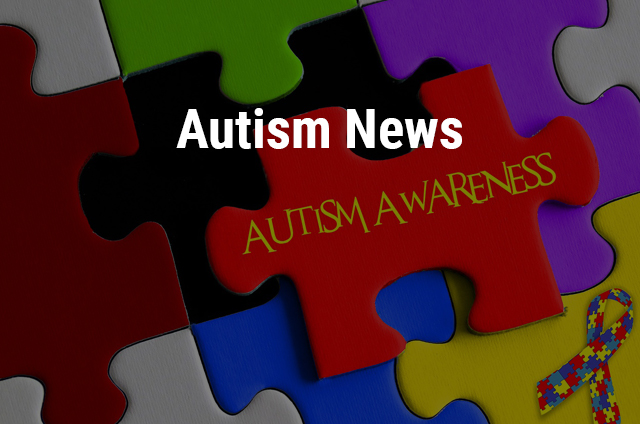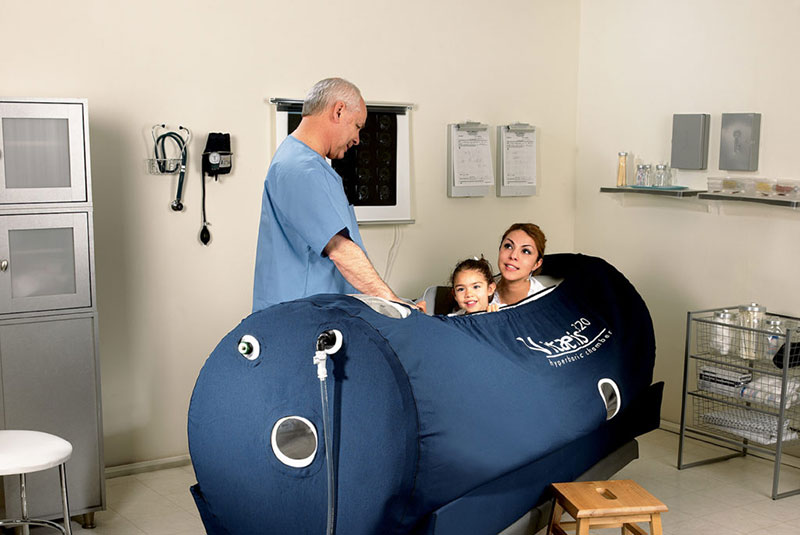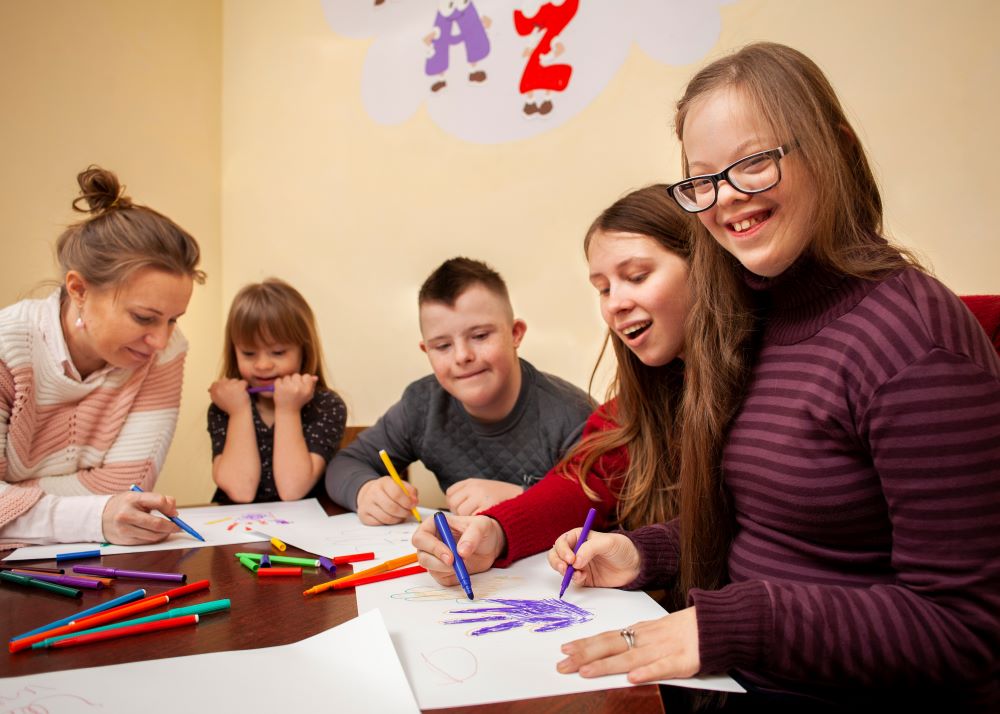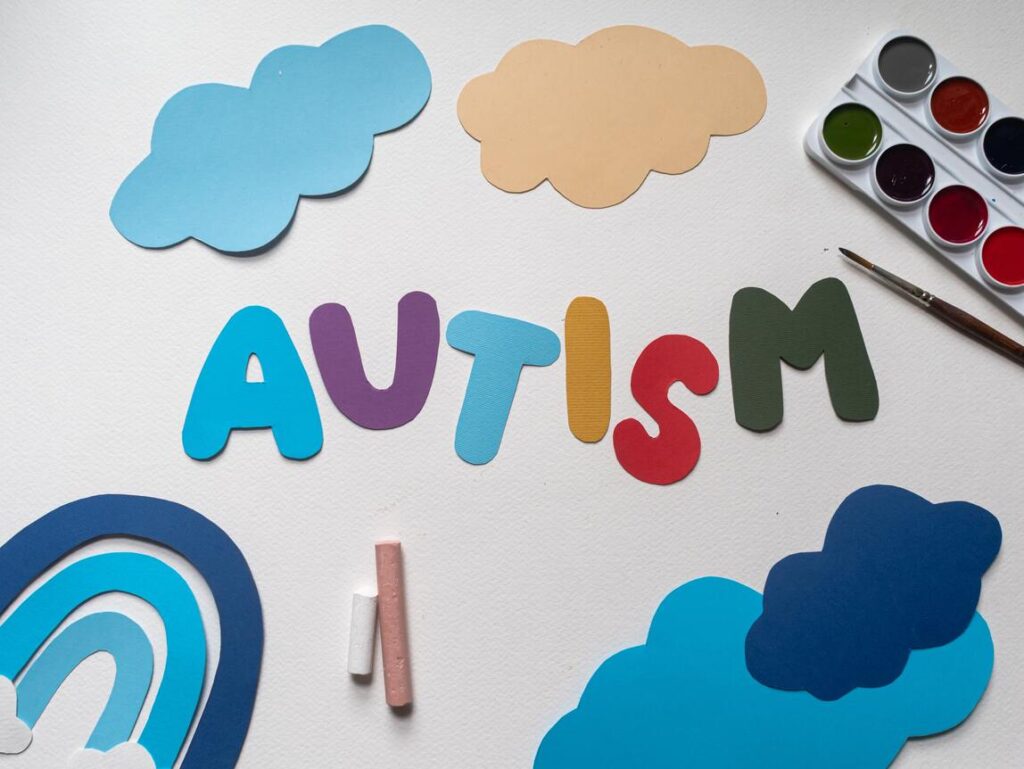Autism has always been defined in either one of the following ways:
The term is used to designate the symptoms of classical autism.
The term is also used to refer to the five disorders caused by autism, and commonly grouped under pervasive developmental disorders or PDD, as found in American Psychiatric Association‘s publication entitled Diagnostic and Statistical Manual of Mental Disorders.
Whatever might be the exact definition, there is no single manifestation that can lead parents, care givers and doctors to confirm that a child has autism. However, the multiple symptoms that are noted most commonly are:
- Lack of familial interest.
- Inability to express oneself succinctly.
- Stunted linguistic abilities.
- Experiences difficulties when it comes to initiating and continuing a conversation.
- Is perturbed by sudden changes in the environment, like bright flashes of light and loud noises.
- Repeated actions like spinning, staring, flapping the arms or staring.
- Unable to comprehend social gestures, facial expressions and body language.
Secondary symptoms include:
- Neurological disorders, like epilepsy.
- Gastro-intestinal problems.
- Minor or major deficits in motor movements.
- Depression and anxiety.
Compared to others, children diagnosed with autism develop their motor, linguistic and social skills at varying stages of growth. Such children have an extremely sharp faculty for a particular field, like maths or music, but find it difficult to make friends in school.
There is no definite cause for autism. This neurological disorder that affects the brain might be a result of viral infections, genetic codings, environmental factors, immune deficiencies and unfavorable responses to vaccinations and chemicals.
Often, people having a mildly autistic condition remain undetected, and excel in their chosen field. However, for those who suffer from more severe conditions, it is advised that they should undergo therapeutic treatments, as such practices generally yield positive results. Some of these methods are:
- Intensive Behavioral Intervention (IBI), and Applied Behavioral Analysis (ABA) aim to improve the behavioral problems, communication skills, and retention capabilities.
For personal sessions, ABA can turn out to be quite expensive, and the cost may range between 30,000 dollars to 80,000 dollars on an annual basis. IBI, on the other hand, can be conducted in small groups. Such therapies, in combination with training for improving language skills, psychiatric sessions, regular medication and diet control will definitely help to alleviate the conditions caused by severe and advanced autism.



